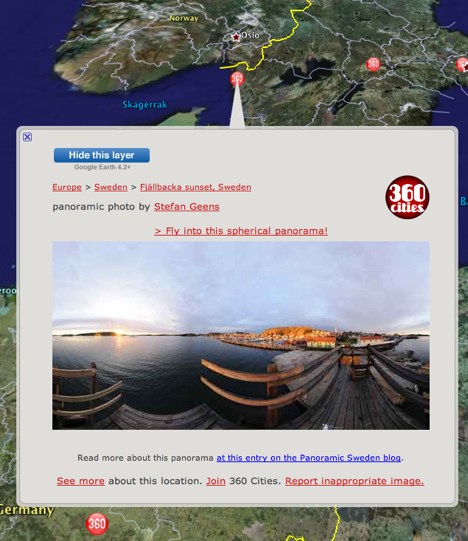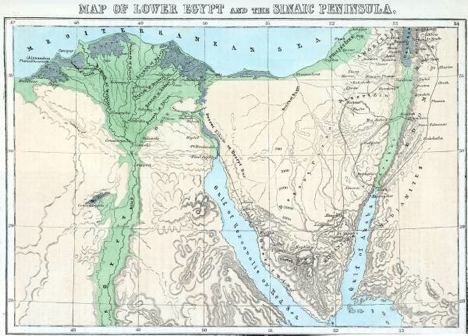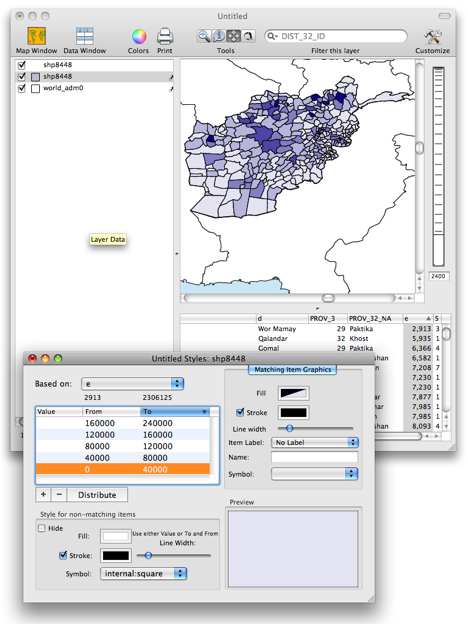I’m heading off for a week’s worth of road-tripping up the Nile, tagging along with some Egyptologist friends. The narrow populated swath along the river should be awash with 3G connectivity, so I plan to stay connected. If I make any good 360-degree panoramas, I’ll upload them to 360Cities and post them here.
Meanwhile:
- Mumbai terrorists used Google Earth: “Terrorists used Google Earth” announces India’s Business Standard, citing anonymous government sources. Indeed, and RIM Blackberries as well, not to mention boats, energy food, flags and credit cards.
- 3D multitouch User-interface pörn: Oblong Industries’ G-Speak:
g-speak overview 1828121108 from john underkoffler on Vimeo. - Geobombing via Panoramio: One of the photos in the Panoramio layer above the Armenian genocide memorial in Yerevan mocked the genocide, reported PanArmenian.net. Soon after, the photo was removed by Google/Panoramio.
- Pirate maps: This is a bit older, but Ethan Zuckerman, Aid Worker Daily and Google Earth blog all link to interesting maps depicting piracy incidents off the Somali coast and further afield.
- Ancient Rome? Not so much, please: Ancient Rome in Google Earth is supposed to spur on educators to create compelling classroom content, with prizes promised for the best ideas. But for some educators, the dataset is just too unwieldy to be useful. And from my own experience with the layer, I’d have to agree, as currently implemented.
- Bhuvan blowhards: If you need any more proof of what damage poor reporting can do among credulous bloggers, check out how the nonsensical reporting on India’s planned web mapping service Bhuvan gets credulously rereported on the usually reliable Foreign Policy blog:
So, why does India think its program can compete? For starters, Bhuvan users will be able to zoom in on areas as small as 10 meters wide (Google’s zoom limit is 200 meters).
I know I’m preaching to the choir here at Ogle Earth, but is it really all that difficult to just run Google Earth and confirm that you can in fact zoom in to an area that is “as small as 10 meters wide”? Of course, how far you can zoom in is irrelevant — it’s the pixel resolution of the imagery that matters.
But Foreign Policy blog is just that — a blog. The real shaming should be of newspapers who report nonsense as fact. The technology section of the London Times, of all places, is squarely to blame:
The project, dubbed Bhuvan (Sanskrit for Earth), will allow users to zoom into areas as small as 10 metres wide, compared to the 200 metre wide zoom limit on Google Earth.
At least the Financial Times, though a bit lazy, makes sure we know what’s a fact and what’s an unverified claim:
Officials claim that the Bhuvan system will be able to supply more precise images than Google Earth and other services by zooming in to a distance of 10 metres.
BTW, I haven’t seen a single sourced mention of Bhuvan being a 3D virtual globe— it just seems to be assumed that it is because somewhere along the line a comparison was made with Google Earth by someone.
- Google Maps API updated again: Just to make it absolutely clear your first-born will not belong to Google. Nor will your second-born. After that we’ll talk.
- More UI pørn: This time, from Microsoft. Behold Second Light, an upgrade of their Surface technology…
- Two Cool visualizations: 1) National University of Singapore’s library map is a model 3D built for the Google Earth Plugin. Impressive, but not accessible to Macs. (Via Google Geo Developers’ blog) and 2) Google Earth in the Cave, a 3D room-sized visualization, brought to you via VerySpatial.
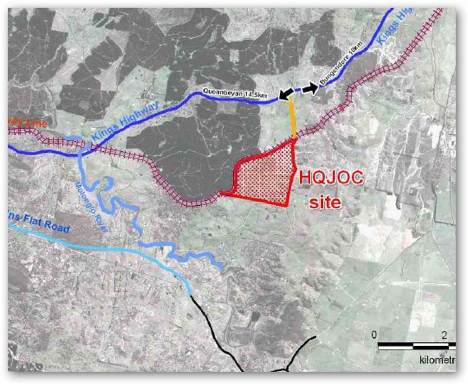
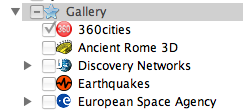 As of this morning, the wonderful panoramas of
As of this morning, the wonderful panoramas of 